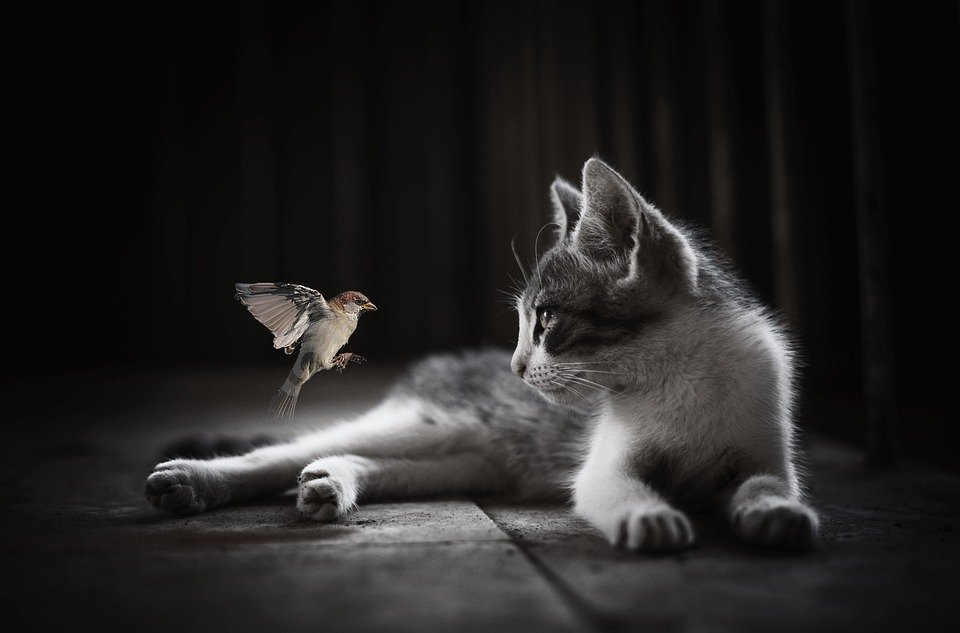
Mastering Grooming: Training Cats for Tolerance
Introduction:
Grooming is an essential aspect of a cat’s life, as it helps them maintain their coat’s health, cleanliness, and overall well-being. However, many cats can be resistant or even aggressive when it comes to grooming sessions. In this article, we will discuss how to train cats for tolerance towards grooming, focusing on understanding their behavior and using positive reinforcement techniques to make grooming a more pleasant experience for both the cat and the owner.
Understanding Cat Behavior:
Before diving into grooming training, it is crucial to understand the behavior of cats and why they may react negatively to grooming. Cats are known for their independent nature and strong grooming instincts. However, some factors can contribute to their resistance towards grooming, such as fear, past negative experiences, or health issues.
It is essential to observe your cat’s body language during grooming sessions to understand their comfort level. Signs of stress or discomfort may include hissing, growling, swatting, flattening ears, or trying to escape. By being attentive to these cues, you can adjust your grooming approach accordingly to ensure the cat feels safe and comfortable.
Training Techniques for Grooming Tolerance:
Training cats for grooming tolerance requires patience, consistency, and positive reinforcement. Here are some effective techniques to help your cat become more tolerant of grooming sessions:
1. Gradual Desensitization:
Start by introducing grooming tools, such as brushes or combs, to your cat in a non-threatening manner. Allow them to sniff and explore the tools while offering treats or rewards to create a positive association. Gradually increase the duration of these interactions over time to desensitize the cat to the grooming process.
2. Positive Reinforcement:
Use treats, praise, or play as rewards for good behavior during grooming sessions. Reward the cat for staying calm, allowing you to touch different parts of their body, or tolerating the grooming tools. Positive reinforcement helps reinforce positive behaviors and encourages the cat to associate grooming with positive experiences.
3. Respect Boundaries:
It is essential to respect your cat’s boundaries during grooming sessions. If the cat shows signs of discomfort or stress, such as growling or trying to escape, give them space and try again later. Pushing the cat beyond their comfort level can lead to negative associations with grooming and worsen their tolerance in the long run.
4. Establish a Routine:
Consistency is key when training cats for grooming tolerance. Establish a regular grooming routine and stick to it to help the cat become familiar with the process. Start with short grooming sessions and gradually increase the duration as the cat becomes more comfortable.
5. Seek Professional Help:
If your cat continues to show resistance towards grooming despite your efforts, consider seeking help from a professional cat behaviorist or trainer. They can provide personalized guidance and techniques to address your cat’s specific grooming challenges.
Conclusion:
Mastering grooming and training cats for tolerance requires time, patience, and understanding of their behavior. By using positive reinforcement techniques, respecting their boundaries, and establishing a consistent grooming routine, you can help your cat become more tolerant of grooming sessions. Remember to be attentive to your cat’s body language and adjust your approach accordingly to ensure a positive grooming experience for both you and your feline companion.





